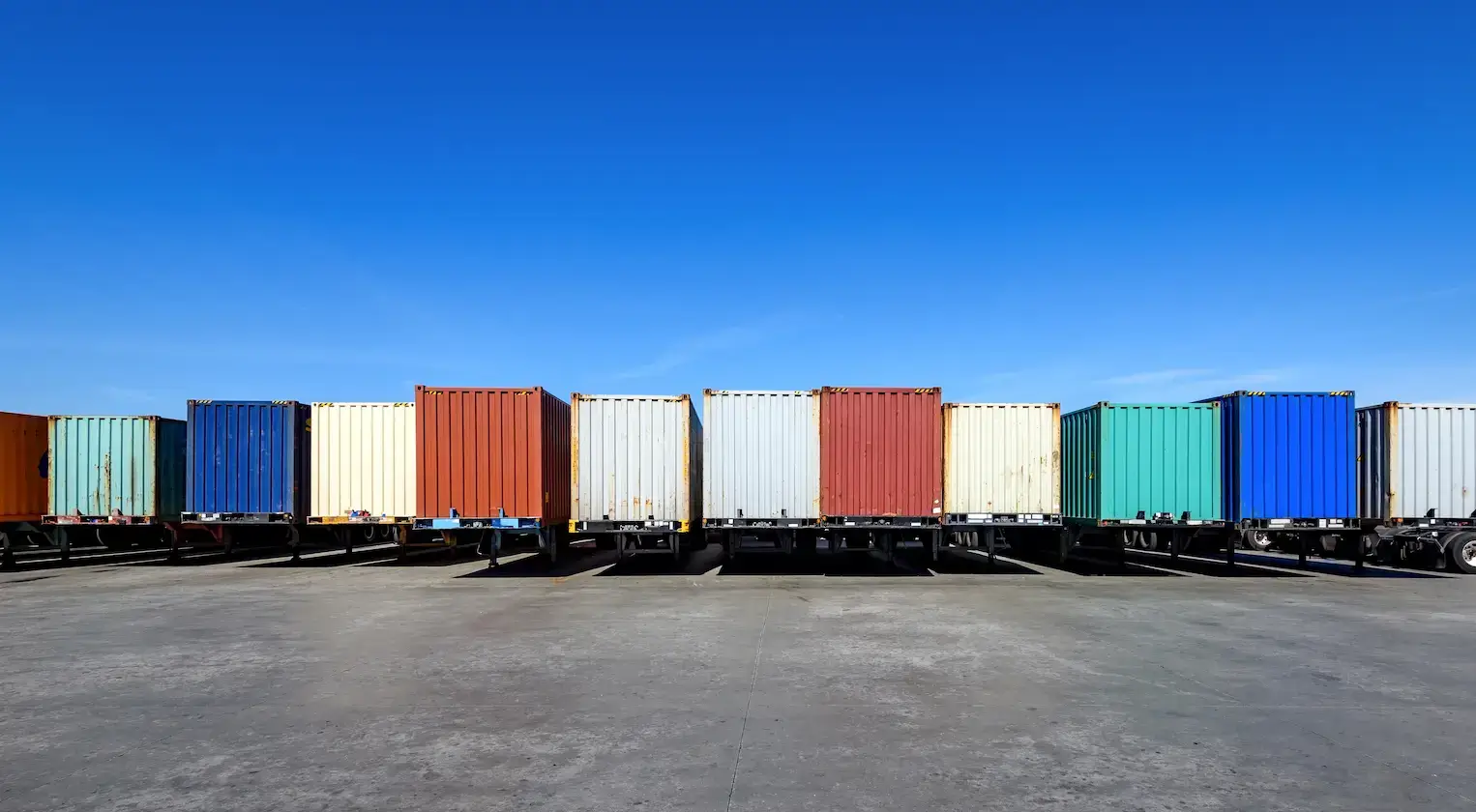Less-Than-Truckload (LTL) shipping offers a cost-effective solution for businesses with smaller freight needs. In this guide, we’ll break down LTL shipping’s essentials, its pros and cons, and pricing intricacies.
LTL Shipping Explained
How Does LTL Work?
LTL shipping involves sharing trailer space with other shippers. Freight is loaded onto a communal trailer and routed through a network of crossdock facilities owned by LTL carriers. Costs are determined by the space and weight your shipment occupies. Although you’re sharing space, LTL often proves more economical than using a dedicated trailer.
Advantages and Drawbacks of LTL Shipping
Pros:
- Cost-Effective: Sharing trailer space translates to reduced shipping costs.
- Flexibility: LTL shipments can be booked anytime, insulating you from full truckload market rate fluctuations.
- Diverse Delivery Options: LTL offers varied pickup and delivery choices, including lift gates or residential deliveries. However, these come with additional accessorial charges.
Cons:
- Potential for Damage: Multiple loading and unloading processes increase the risk of freight damage or misplacement.
- Sensitive Pricing: LTL pricing can fluctuate based on shipment specifics.
Decoding LTL Pricing
LTL costs are influenced by weight, size, freight class (related to shipment density), and any accessorial charges. Accurate shipment details are crucial. Any discrepancies in weight, size, or freight class can lead to additional charges, which you’ll need to relay to your customer. Ensuring precise shipment details upfront can prevent these unexpected costs.
Conclusion: Harnessing the Power of LTL Shipping
LTL shipping offers freight brokers an efficient transportation method, balancing cost savings with a broad service range. While there are challenges, proactive collaboration with customers and LTL providers can mitigate them. By grasping LTL’s nuances, you can make informed decisions, ensuring your shippers benefit from this versatile shipping method. Proper planning and understanding will enable you to leverage LTL shipping’s myriad advantages.
Follow us in Youtube for more insights about the freight broker industry! For more insights on thriving in the freight brokerage world, visit our website, Freight360.net. Dive into our Freight Broker Course – Freight Broker Basics and equip yourself with the knowledge to excel in the industry.





